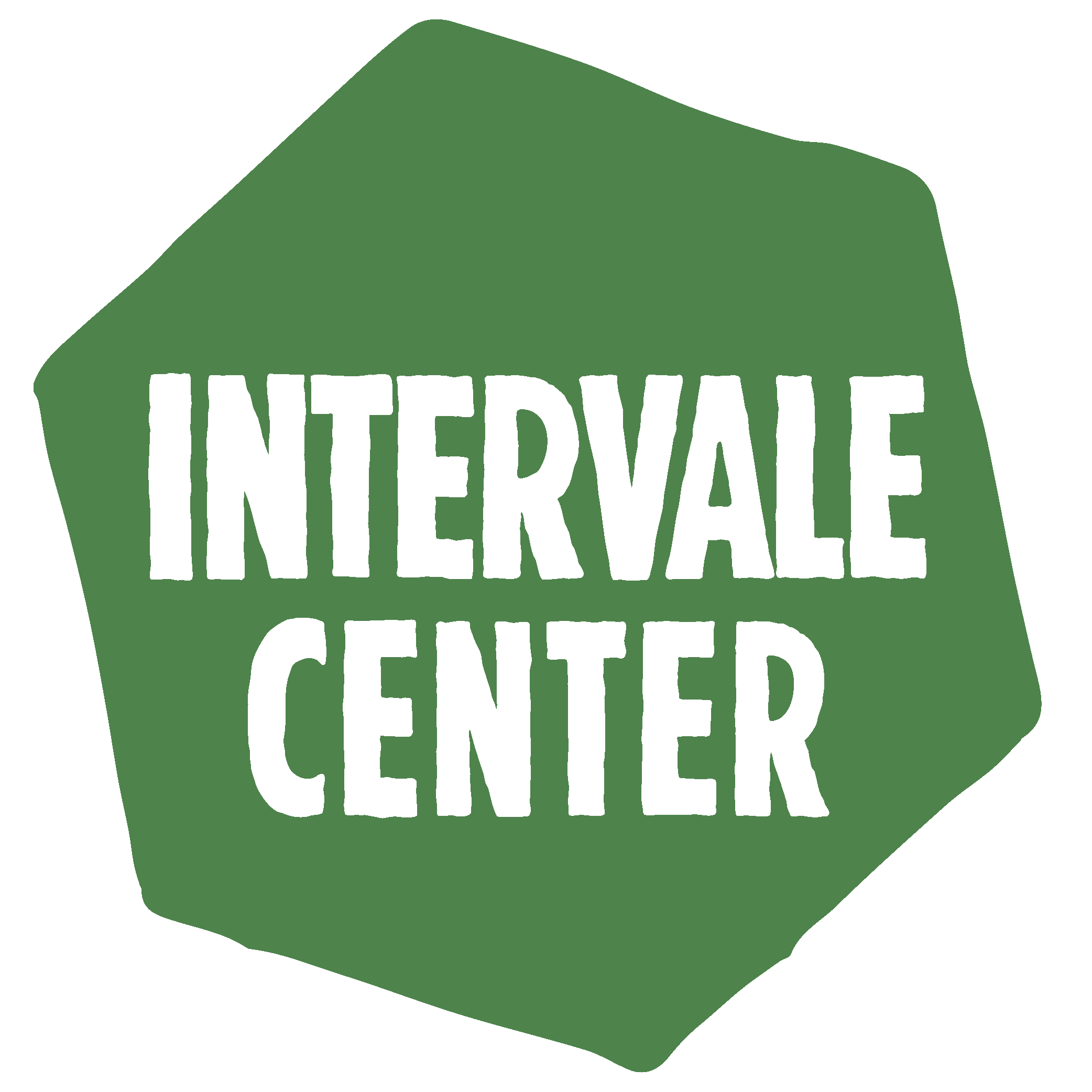Planting Thriving Forests Thanks to the Lake Champlain Basin Program
Written by Christine Cramer, Intervale Conservation Nursery Services Coordinator
Our crew in the thick of a planting by the Allen Brook in Williston
There’s more that goes into planting a thriving forest than you might think! The native trees and shrubs we plant face many challenges once settled into their “forever homes,” including pressure from animals that love to snack on stems such as deer, rodents, and beavers, as well as herbaceous vegetation such as invasive reed canary grass and wild parsnip that tends to grow more rapidly than the trees we plant. It’s hard to believe, but some of these herbaceous plants grow over 8 feet tall, easily dwarfing the 3-foot-tall baby trees we’re putting into the soil. This prevents the newly planted stems from accessing the sunlight they need to grow, all while sheltering the animals that munch on them.
Planting speckled alder and tamarack at a site in Williston
We have found that by clearing the herbaceous vegetation growing around freshly planted stems a few times over the course of summer growing season for the first two years after the trees are planted, we give our trees a better chance of growing taller than the surrounding vegetation. This way, trees become established enough to survive the pressures of the plants and animals that inhabit their new homes.
Prepping with our partners at Winooski Valley Park District to enhance a riparian buffer zone at the Ethan Allen Homestead
The Intervale Conservation Nursery has been able to provide these kinds of planting and maintenance services to our partners to enhance the success of riparian buffer (the forested area along streams) and wetland restoration planting projects thanks to the Lake Champlain Basin Program (LCBP) Clean Waters and Healthy Ecosystems Grant. In 2022, our Nursery crew was able to steward seven different sites across the Lake Champlain basin for a total of 30 acres restored using native trees and shrubs. We were also able to use this grant to replace stems that did not survive their initial planting. This funding from LCBP is a crucial part of our work in maintaining planting sites so that they can grow into strong riparian buffer and wetland areas that improve the health of surrounding soil and waterways.
The crew! From left: Christine, Madison, Lachlin from US Fish & Wildlife Services, Fitz, Sarah, and Mary; plus more tamarack (center)




